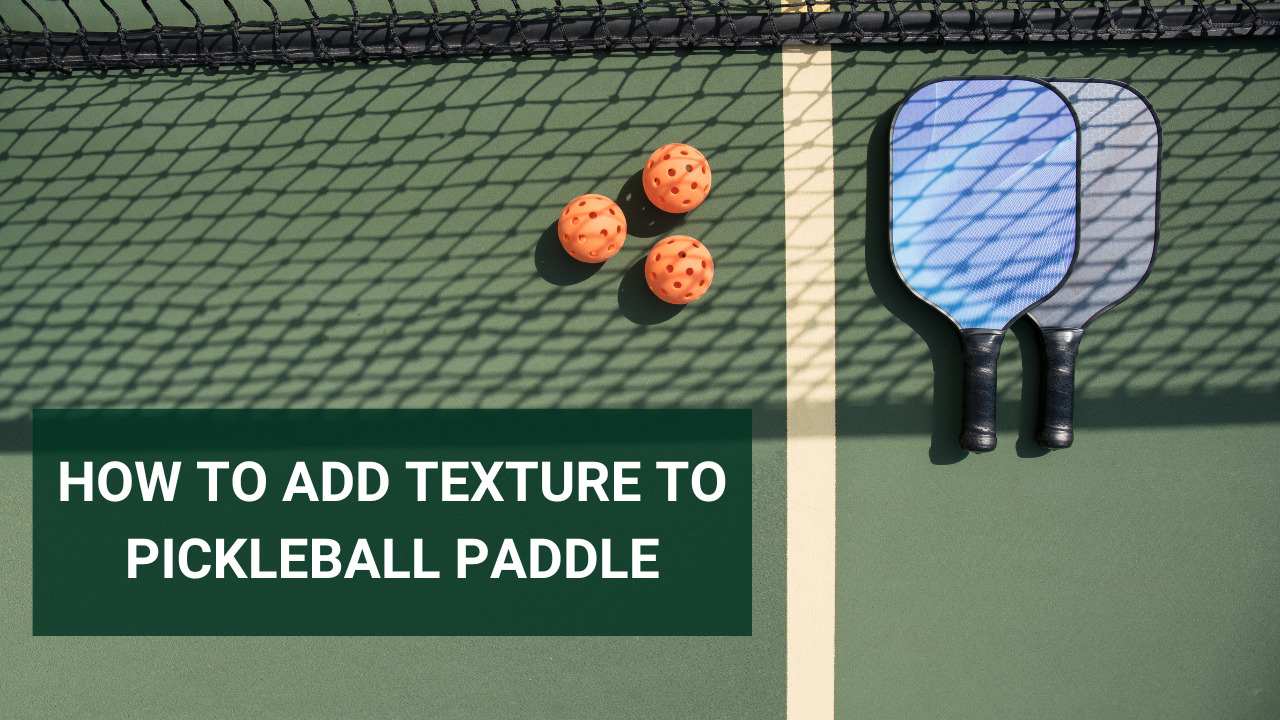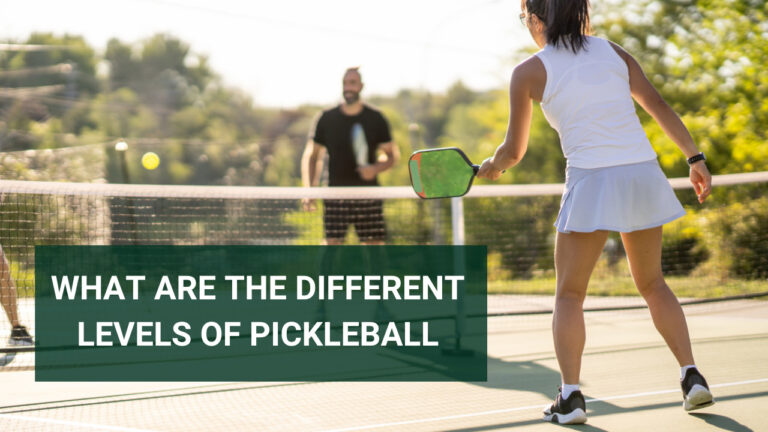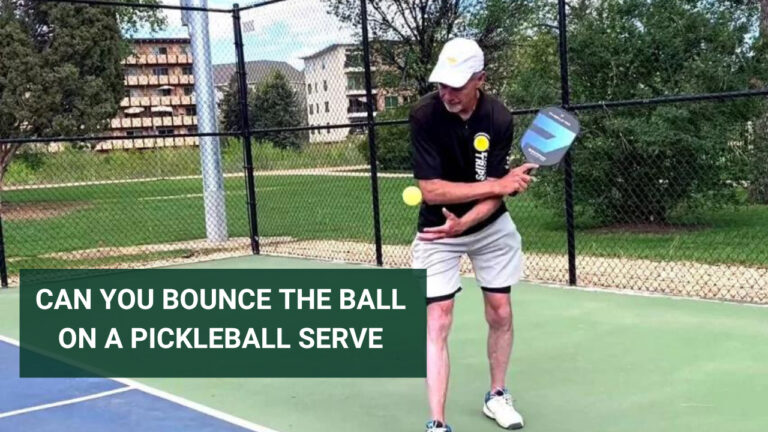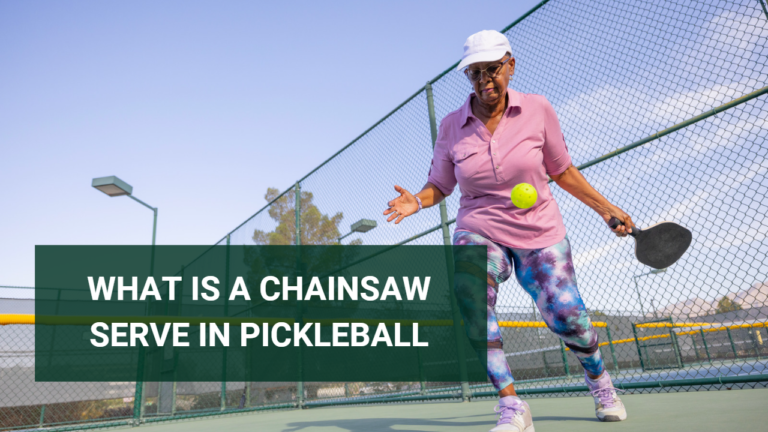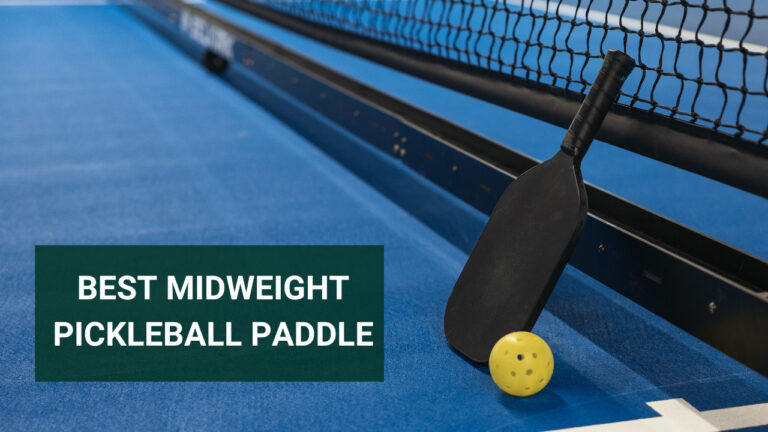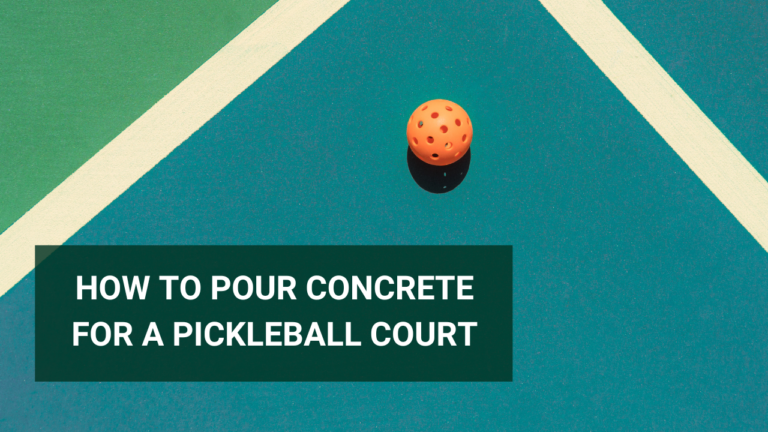How To Add Texture To Pickleball Paddle – Easiest Ways
Enhance your pickleball game by adding texture to your paddle. Improve grip and feel for better performance on the court, whether you’re a beginner or a seasoned player.
Elevate your skills and leave your opponents amazed. To add texture to a pickleball paddle, try grip tape, grip enhancer, or sandpaper for better grip and control.
Now, we’ll explore different ways on how to add texture to pickleball paddle, discuss why it’s important, and provide helpful tips along the way. Get ready to elevate your game with some added grip power!
How To Add Texture To Your Pickleball Paddle – Different Ways
There are several ways you can add texture to your pickleball paddle, giving it that extra grip and control you need on the court.
Grip tape
One common method is using grip tape. Grip tape is a self-adhesive material that you can wrap around the handle of your paddle to provide added texture and traction. It comes in various thicknesses and textures, allowing you to customize it to your preference.
Overgrip
The other option is using an overgrip. Overgrips are typically made of a tacky or absorbent material that enhances grip and prevents slipping during gameplay. They are easy to apply and replace when needed, making them a convenient choice for players who prefer a temporary textured solution.
Sanding
If you’re feeling adventurous, you can also experiment with sanding your paddle’s surface. By gently sanding the face of your paddle with fine-grit sandpaper, you can create small indentations that increase friction between the ball and the paddle upon impact.
Texture Sprays
For those looking for a more permanent solution, there are specialized products available such as texture sprays or gels specifically designed for pickleball paddles. These products allow you to add texture without altering the original design or feel of your paddle significantly.
Remember, every player has their own preferences when it comes to paddle texture, so don’t be afraid to try different methods until you find what works best for you!
Why Adding Texture to Your Pickleball Paddle is Important
As a pickleball player, adding texture to my paddle has been a game-changer! It’s not just about looks; there are so many benefits to having a textured surface. Let me break it down for you:
Improved Grip and Control
The texture on my paddle gives me a solid grip, allowing me to have better control over the ball. No more worrying about my paddle slipping during intense rallies!
Enhanced Spin and Power
With the rougher surface, I can put more spin on my shots. It creates extra friction between the ball and the paddle, resulting in wicked spin and improved ball control. It’s a game-changer when I need to outmaneuver my opponents.
Stability and Comfort
The added texture provides stability, giving me confidence in my strokes. I can make quick movements and powerful shots without worrying about the paddle sliding around. Plus, it feels great in my hands during those long and intense matches.
Personalized and Familiar
Having a customized paddle with textured surfaces tailored to my preferences makes me feel connected to my equipment. It’s like an extension of my playing style, and I feel more in tune with the game.
By adding texture to my pickleball paddle, I’ve experienced an overall improvement in my game. It’s not just about winning; it’s about enjoying every moment on the court. So, if you want to take your pickleball game to the next level, don’t underestimate the power of texture on your paddle!
Tips for Adding Texture to Your Pickleball Paddle
Sandpaper
One of the easiest and most effective ways to add texture to your pickleball paddle is by using sandpaper. Start by lightly sanding the surface of the paddle, focusing on areas where you grip it the most. This will create tiny grooves in the material, providing better traction and control during gameplay.
Grip tape
Other popular method is to apply grip tape to your pickleball paddle. This self-adhesive tape comes in various textures and thicknesses, allowing you to customize your grip according to your preferences. Simply wrap the tape around the handle of your paddle, making sure it is smooth and tightly secured.
Rubber cement
For those who prefer a more DIY approach, you can try using rubber cement to add texture to your paddle’s surface. Apply a thin layer of rubber cement onto the desired area and let it dry completely before playing with it. The dried rubber will provide added grip without compromising performance.
Stencil designs
If you want a unique look along with improved texture, consider using stencils or decals on your pickleball paddle. These decorative elements can be applied directly onto the surface of your paddle after adding texture through other methods like sanding or grip tape.
Remember that when adding texture to your pickleball paddle, it’s important not to alter its dimensions or weight beyond what is allowed by regulations set by official governing bodies such as USA Pickleball Association (USAPA). Always check their guidelines before making any modifications.
By following these tips for adding texture to your pickleball paddle, you’ll be able to enhance your game with improved grip and control while maintaining compliance with regulations!
Advantage of adding Texture To Pickleball Paddle
When it comes to pickleball, having a paddle with the right texture can make a world of difference on the court. Adding texture to your paddle gives you a major advantage and improves your grip, control, and shot accuracy. It’s like leveling up your game!
- The best thing about texture is the grip it provides. With a textured paddle, your hand sticks to the handle, so you won’t have to worry about it slipping out of your grasp during intense rallies.
- You’ll have a solid hold and be able to unleash powerful serves and nail those precise volleys.
- But it’s not just about grip—it’s about control too. The texture on the paddle gives you more feedback when you hit the ball, so you can really feel the shot and place it exactly where you want on the court.
- Those cross-court dinks and delicate drop shots? Piece of cake with a textured paddle!
- And guess what? Adding texture also helps with shot accuracy. The raised patterns or rough surfaces create spin when the ball makes contact.
- That spin keeps your shots inbounds and gives them extra speed. It’s a game-changer for consistency and precision.
So why not give it a try? Spend some time experimenting with sanding or specialized grips until you find the perfect texture for your paddle. Get ready to take your pickleball game to a whole new level of awesomeness!
Disadvantage of adding Texture To Pickleball Paddle
When adding texture to your pickleball paddle, it’s crucial to be aware of some potential downsides. One thing to keep in mind is that excessive texture can lead to faster wear and tear on the paddle’s surface.
The rougher texture may cause the ball to scuff or rub against the paddle more aggressively, causing it to deteriorate quicker.
Other thing to consider is that adding texture may affect the balance and weight distribution of the paddle. This can impact your playing style and comfort, especially if you’re used to a specific balance point or weight.
Additionally, textured paddles tend to produce more noise when hitting the ball compared to smoother surfaces. While it may not bother everyone, some players prefer a quieter game.
Remember, modifying your paddle beyond manufacturer specifications could violate tournament rules. So, be sure to check the regulations before making any modifications.
While there are advantages to adding texture, it’s important to consider these potential downsides and how they may affect your overall playing experience.
Prohibited Modifications and Alterations
Follow the rules when adding texture to your pickleball paddle.
- Prohibited modifications include using sandpaper or abrasive materials on the paddle surface.
- Drilling holes in the paddle is not allowed as it affects balance and weight distribution.
- Applying foreign substances for increased grip is against the rules.
- These rules ensure fair play and maintain the integrity of the game.
- Respecting the rules promotes fair competition and upholds sportsmanship.
- Check with your local governing body or organization for specific regulations.
Always adhere to the rules to preserve the level playing field in pickleball.
Conclusion
Adding texture to your pickleball paddle enhances control, spin, and overall performance. Check tournament rules before making modifications. Consider advantages and disadvantages, and find the best texture for your game.
Elevate your pickleball skills and enjoy the benefits on the court. Remember to follow the rules and get ready to take your pickleball skills to the next level!
FAQs
Can pickleball paddles have a textured surface?
Yes, pickleball paddles can have a textured surface. Some paddles come with built-in textures, while others can be modified to add texture using grip tape, sandpaper, or other methods.
Can you add sandpaper to your pickleball paddle?
While it is technically possible to add sandpaper to your pickleball paddle, it is not a common or recommended method for adding texture. Sandpaper can be too abrasive and may damage the paddle surface or affect the ball’s performance. It’s best to explore other options such as grip tape or specialized paddle grips for adding texture.
How do I make my pickleball paddle spin more?
To make your pickleball paddle spin more, focus on your technique and grip. Practice using a continental grip, which allows for better control and spin.
Can I put stickers on my pickleball paddle?
It is generally not recommended to put stickers directly on your pickleball paddle. Stickers can interfere with the paddle’s performance, affect grip, or potentially violate tournament rules. If you want to personalize your paddle, consider using paddle skins or customized grips that won’t compromise your play.
Where do you put LED tape on a pickleball paddle?
LED tape is not commonly used on pickleball paddles. If you are looking to add LED tape for visibility or decorative purposes, it’s best to consult the rules and regulations of your specific pickleball organization or tournament. They may have guidelines on where and how LED tape can be applied, if allowed at all.
